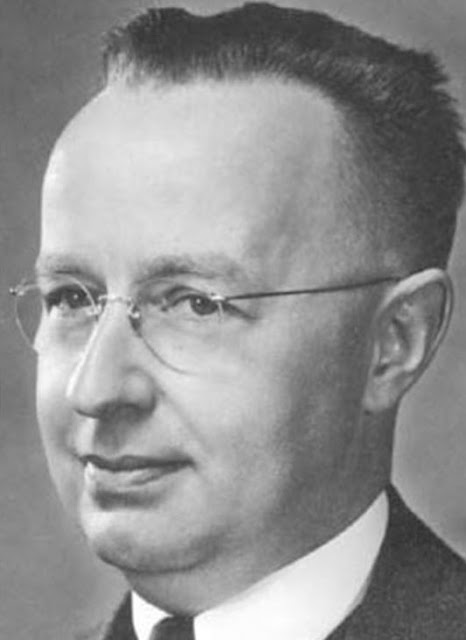Walter A. Shewhart
The industrial era was approaching its second century when a young engineer Walter A. Shewhart changed the course of industrial history by bringing together the disciplines of statistics, engineering, and economics. He referred to his greatest achievement, the invention of the process control chart, as "building a scientific basis for achieving economic control". The Shewhart control chart is now sometimes referred to as the process behavior chart.
 |
Shewhart wanted statistical theory to meet the needs of the industry. He demonstrated a restlessness of the person in search of a better way. A science man who patiently developed his and others' ideas, he was an astute observer of the world of science and technology. Whereas the literature at the time discussed the stochastic nature of both biological and technical systems and spoke of the possibility of applying the statistical method to these systems. Shewhart showed how it was to be done. In this regard, a genuine pioneer in the field of quality control can be claimed. His book, Economic Control of the Quality of Manufactured Products, was published. The basic principles of quality control in 1931 are considered complete and complete.
Often called an advisor, Shewhart served in the War Department, United Nations, Government of India, and others. He was active with the National Research Council and the International Statistical Institute. He was a fellow of many societies and in 1947 became the first honorary member of the American Society for Quality. Many believe that the Shewhart Medal, awarded for outstanding technical contributions to the quality profession, is the most prestigious award ever received by the American Society for Quality Offer.



No comments:
Post a Comment